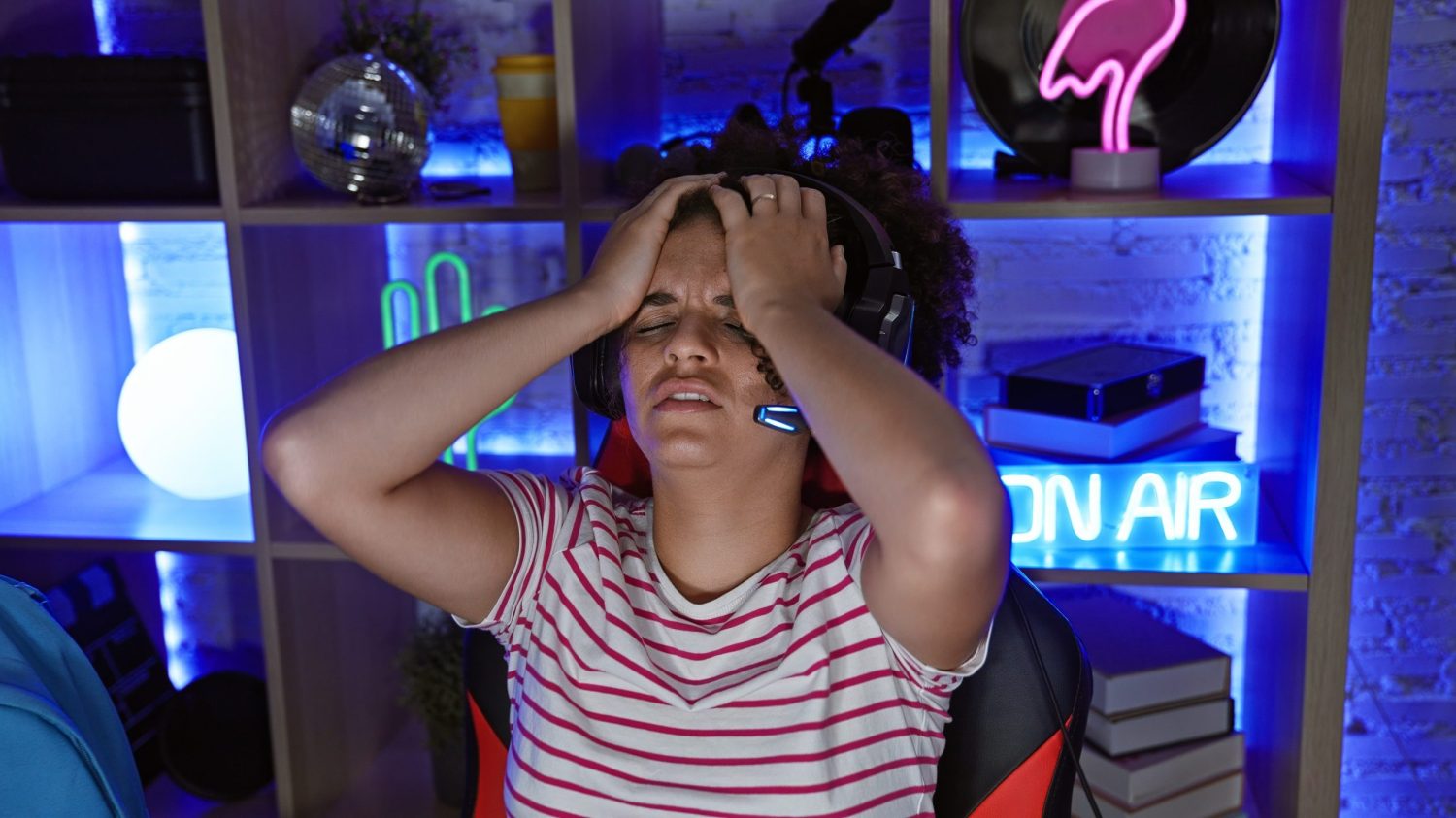The Game Industry’s Cataclysmic Layoffs
Where do we go from here?
Abstract
The games industry has been seeing unparalleled mass layoffs since 2022. Cheap debt, the COVID-19 bubble, investor imprudence, and executive extravagance have produced an unsustainable boom and investment spree that has flowed into today’s disastrous bust. For workers in the games industry, collective organization is a difficult but necessary response to ensure a healthier and more resilient future for all.
Game Industry in Crisis
The video game industry is in crisis, with more than 22,000 jobs erased since the start of 2022. The year 2024 alone has seen more than 6,500 people out of work as talented professionals at all stages of their careers fight for precious few opportunities.
The industry experienced a massive boom during the COVID-19 lockdown. Fueled by cheap debt, explosive consumer spending, and an unrealistic and shortsighted sense of dominance in the larger entertainment space, the largest corporations in the video game industry engaged in unhealthy and unsustainable acquisitions. Now, faced with a post-lockdown crash back to reality, the industry is scrambling to reckon with its own hubris.
To fully understand how we got to where we are today, it is important to look at the context and where we came from. This is not the first time that we have seen a “boom-bust” in a particular sector of an industry, let alone in technology.
Take the “dotcom bubble” of the 1990s. A bunch of entrepreneurs started tech companies in the early days of the internet, got venture capitalists excited about the future of technology, and created a meteoric rise in American tech stock equity valuations in a “hot” (or bullish) market. By the time the calendar swapped over to 2000, many of those same valuations cratered by 70%, decimating investments, ceding to what would be a “bearish” (or cooler) market in the interim.
Sound familiar? It should.
The rapid growth in the game industry was the direct result of once-in-a-lifetime circumstances created by the early COVID-19 pandemic, beginning in early 2020. When we were all trapped inside with nothing to do but play Animal Crossing and watch Twitch streams, of course games saw a rapid increase in both engagement and sales. As numbers went up, so did investor interest in the game industry. Games were clearly no longer reviled by tech investors—they became a source of, well, greed. Money began to pour in. According to InvestGame, deals between 2020 and 2022 totaled $115.3 billion, inclusive of private investments, mergers and acquisitions, and public offerings.
This free flow of capital during COVID-19 was a continuation and expansion of corrective measures taken by governments to mitigate the 2008–09 subprime mortgage crisis in the United States that led to the Global Financial Crisis. Thanks to low interest rates (a.k.a. “cheap debt”), we saw big bet after big bet in a non-stop deluge of investment and acquisition announcements.
The more money that poured in, the more studios realized that they were finally getting the budgets that they had always wanted to make the games that they had been dreaming about. They began to staff up, many studios anticipating that remote work would segue back to the norm of in-office workdays and underpaying their remote employees in lower cost of living areas.
Debt was cheap, capital was flowing, what could possibly go wrong?
While all of us were watching the short-term benefits of new capital infusion, we were also starting to get concerned about rapid consolidation. The biggest companies were getting larger, consuming small indies and even mid-sized publishers. Microsoft book-ended the gold rush period, announcing plans to purchase Bethesda in September 2020 for $7.5 billion and then closing its acquisition of Activision for $69 billion in October 2023. In between, the likes of Embracer Group, Paradox, Thunderful Games, tinyBuild, and other entities competed in the arms race, almost out of capitalistic instinct, without any real plan for their new holdings.
It was a recipe for disaster.
As economies opened up post-lockdown, travel, live entertainment, and other leisure spending resumed, eating into the gains gaming made at the height of COVID-19. While this was expected, industry leaders failed to account for the worst-case scenario. Hardware supplies took 2 years after the launch of Xbox Series and PlayStation 5 consoles to catch up. Russia’s invasion of Ukraine and other macroeconomic headwinds sent global economies into an inflationary tumble.
The cracks began to show in 2022, as independent developers were urged to get deals signed before the calendar page turned to 2023. And even then, for some, it was too late. Publishers have become extremely risk averse, expecting small teams to pitch vertical slices rather than less costly gray-box prototypes. The largest companies have all but stopped funding external projects, pouring money into the studios they purchased during the COVID binge. This has created a funding famine felt across the industry.
As the costs of financing climbed and investors started expecting more equity for less money, companies started leaning on the oldest crutch they have: layoffs. They did so under the cover of consolidation, as some of us feared, blaming job cuts on “overlap,” while raking in record profits. And while investors salivate at the thought of reduced overhead, the fear amongst workers is palpable. It is an endless sea of anguished LinkedIn posts announcing, “I, too, am now looking for work.”
The year 2024 has already yielded thousands of lost jobs, creating immense uncertainty and pain among the game industry’s talent. The boom-bust nature of game development is long understood, especially by those who have been stalwart enough to weather the past 15 to 20 years in game development. This bust, however, is unparalleled. Gaming will lose hundreds, if not thousands, of talented creatives and support staff due to a lack of opportunities. The resulting brain drain will cripple us for at least a decade.
As an industry, we have two options: we can choose to soldier on, ignoring the deep labor implications at play, or we can begin to organize and create more opportunities for collective bargaining. A single stick is easily broken, but a bushel of them is powerful enough to withstand an immense amount of downward pressure, including that of a hubristic CEO.
Collective labor organization is very difficult to do, especially when we are just starting to build the model from scratch. It is tempting to look at the way Hollywood handles its disciplines and believe that we can be exactly the same. In actuality, we cannot be. There is merit in looking to IATSE (International Alliance of Theatrical Stage Employees) and its 170K+ members as a blueprint for our collective success, but that is only a starting point.
Many quality assurance departments within game studios in the United States have begun to organize under the Communication Workers of America. Whole studios and publishing labels in Europe, including CD Projekt Red in Poland and Paradox Interactive in Sweden, have unionized to ensure that labor has a seat at the table. Video game cooperatives, like KO_OP in Quebec, Canada, have also begun to form, giving the power back to the workers in that everyone shares in the profits and successes.
We need unions more than ever to weather this storm. Layoffs create an environment for corporations to abandon compassionate remote work policies and demand a return to office, reduce salaries, and expect even more from every rank-and-file worker under their employ. We are going to get through this. Things will get better. But we need to walk this path with a collective voice.
Share this story. Choose your platform.
Want more updates and information from ACM? Sign up for our Newsletter.
Related Articles

The Toxic Cost of Cheap Usernames
Toxicity in video games, acting in a rude, abusive, bullying, or deliberately losing manner, ruins competitive team-based video game experiences for everyone involved.
August 12, 2024,

What Are the Points of Concern for Players about VR Games
In recent years, the VR boom has signaled fruitful applications in fields such as education, industry, animation, and entertainment.
August 22, 2024,

An Empirical Study of VR Head-Mounted Displays Based on VR Games Reviews
In recent years, the VR tech boom has signaled fruitful applications in various fields.
August 22, 2024,

